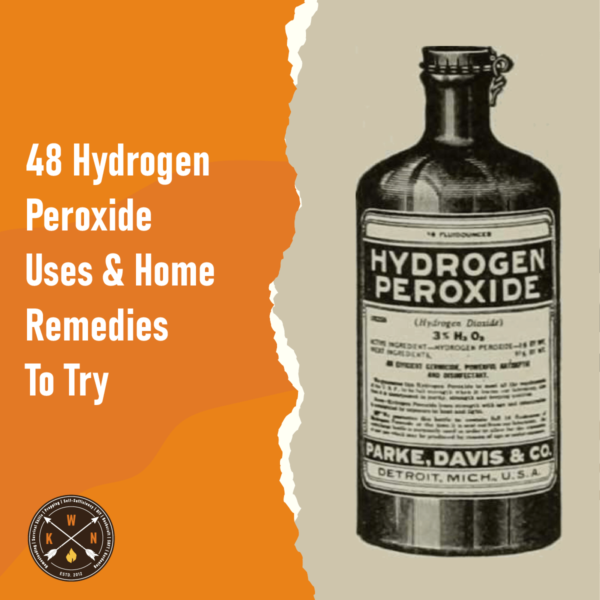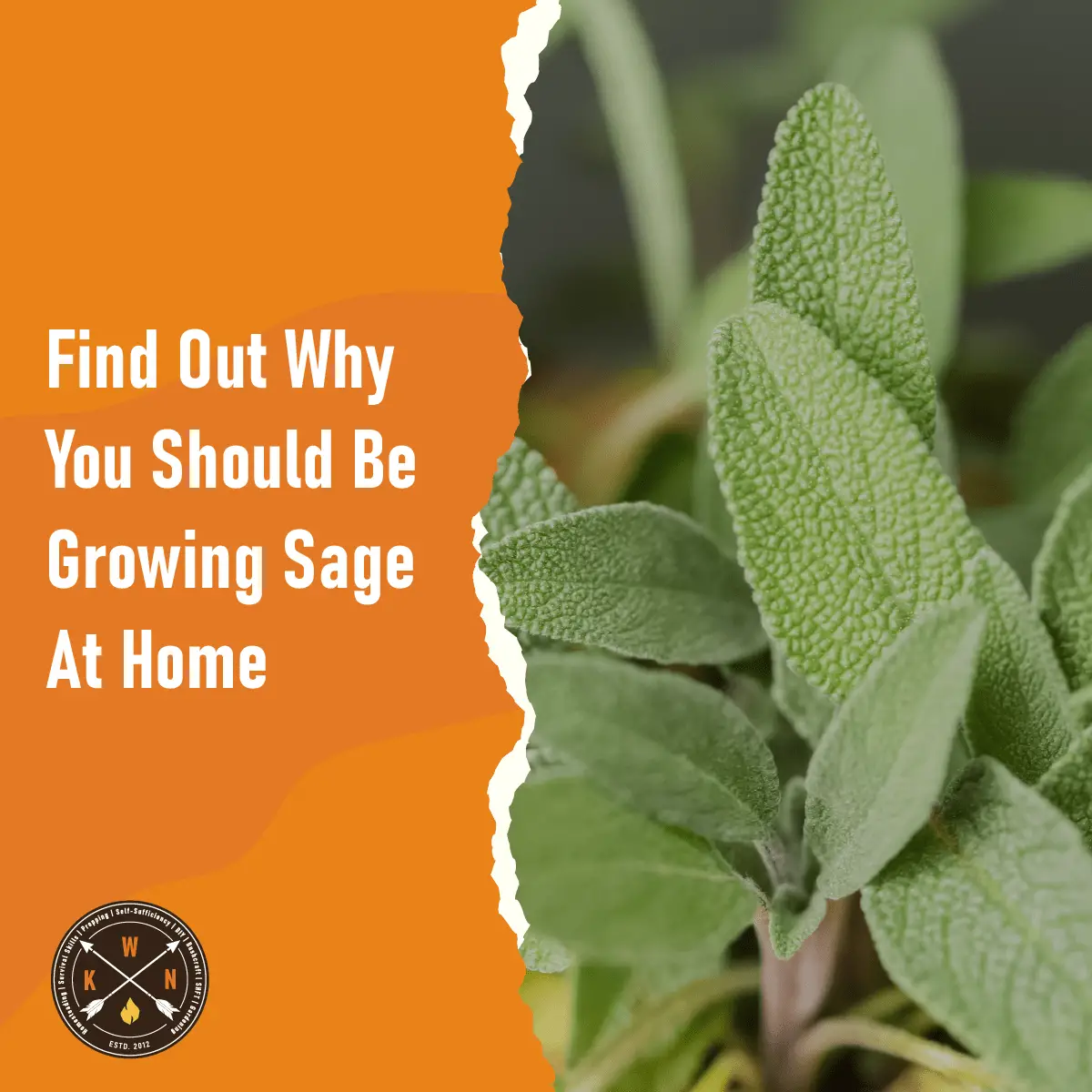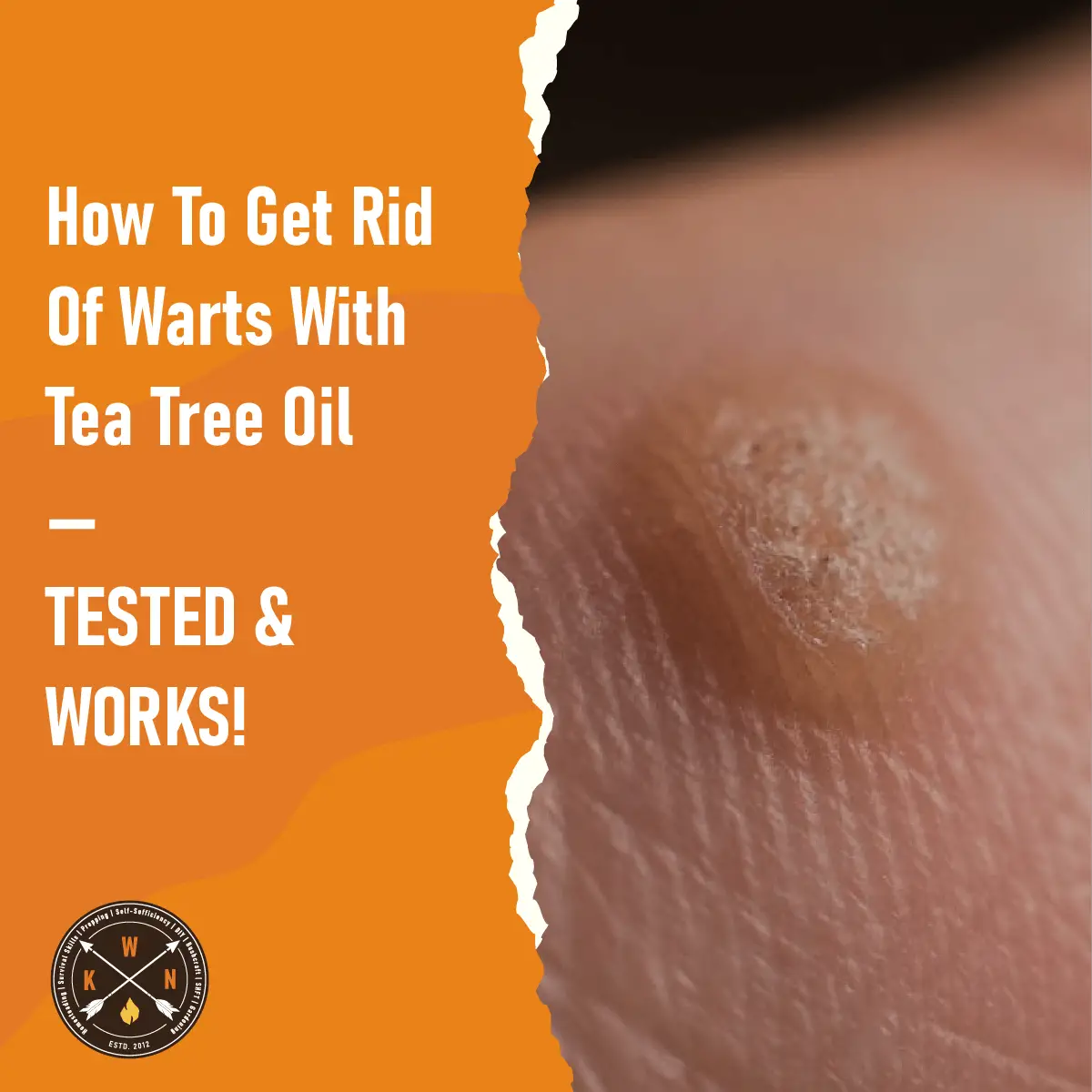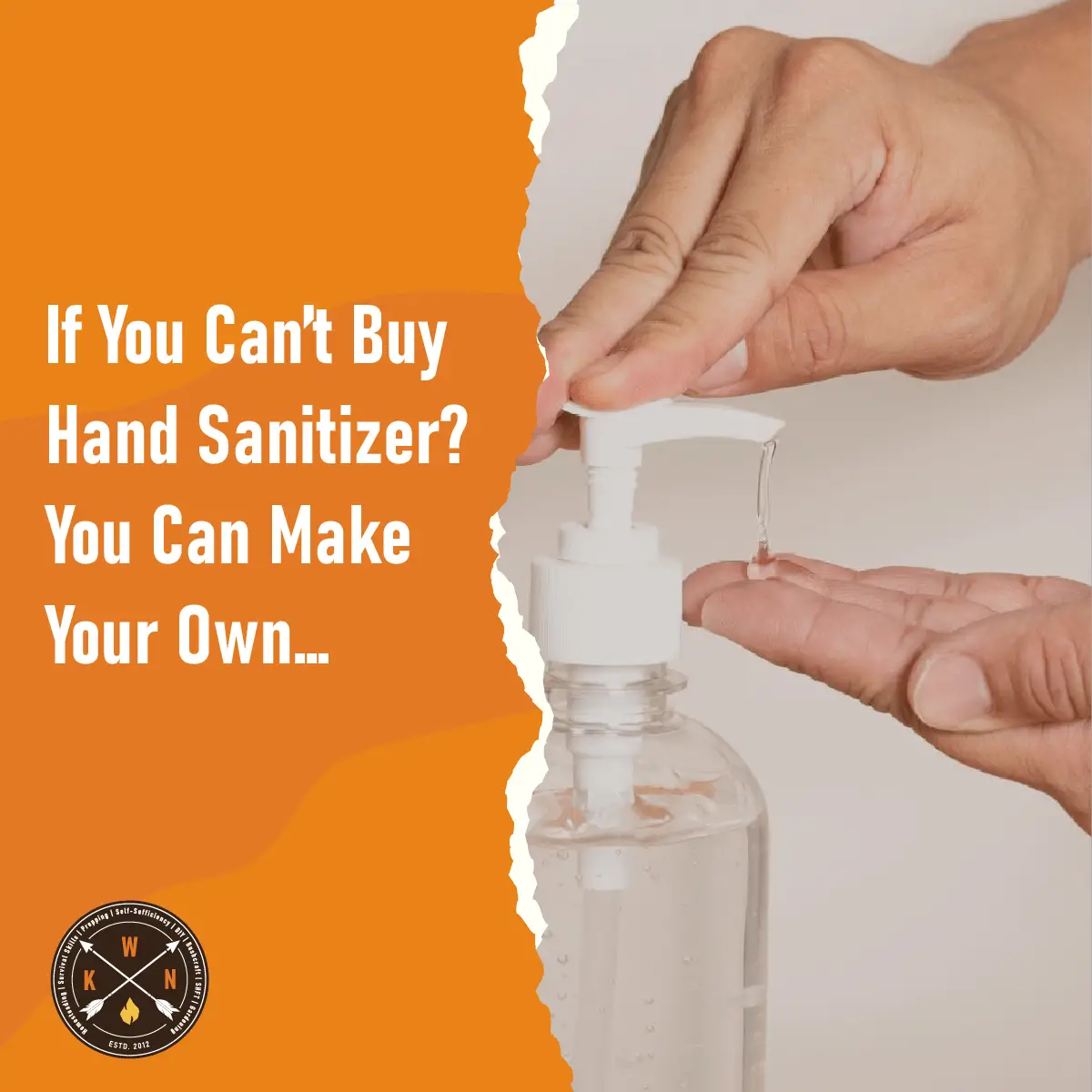
Hydrogen peroxide is a staple in almost every home first aid kit. While this product kills germs and protects your body from infections, its use spans far deeper than cleaning scraped knees. This common household product can be used for anything from whitening your teeth to cleaning stains out of clothes. Continue to explore several surprising uses from this simple water and oxygen compound.
Realize it or not, Hydrogen Peroxide – H2O2 – is one of the most versatile products to have in the home. It has a multitude of uses for maintaining personal health and beauty and is handy to have available for cleaning and even cooking.
Hydrogen peroxide is available in different strengths, generally 3% to 35% for domestic use. Unless stated the hydrogen peroxide, even when diluted, listed below is 3%. Always check the correct strength is being used.

Hydrogen peroxide chemical formula
Table of Contents
Toggle48 uses and benefits of hydrogen peroxide:
Household Uses:
- Keeping the Refrigerator Clean
To clean the refrigerator, spray the inside with hydrogen peroxide. Let it soak then after a few minutes wipe with a clean cloth to get rid of food debris and stains.
- Washing Fruit and Vegetables
Remove dirt, wax and other contaminants from fruit and vegetables by spraying them with hydrogen peroxide. Let the spray soak in for a couple of minutes then rinse in cold water.
- Disinfecting Cutting Boards
Raw meat and other foods are cut on cutting boards and this can lead to germs and bacteria left behind. So the boards need to be regularly cleaned. Spraying with hydrogen peroxide will thoroughly cleanse them.
- Disinfecting Dirty Dishrags & Sponges
Dirty dishrags and sponges need to be soaked to disinfect them. The most efficient way to do this is to soak them in hydrogen peroxide for up to 30 minutes to ensure they are thoroughly disinfected.
- Cleaning Bathroom & Kitchen Countertops
To clean and disinfect countertops in either the bathroom or kitchen spray with hydrogen peroxide. Simply pour 1 to 2 cups of 3% hydrogen peroxide into the toilet bowl and allow it to soak for 30 minutes. Using a toilet brush, scrub the bowl interior and flush away the grime.
- Cleaning Glass Surfaces
Dirty mirrors and glass surfaces can be difficult to clean. To do the job efficiently, spray with hydrogen peroxide. This will loosen the dirt and grime which can then be wiped away with a clean lint-free cloth.
- Banish Mold From Your Home – The H202 Remedy
Did you know standard 3% hydrogen peroxide is so effective at eliminating mold spores, that even government health agencies recommend this remedy? Leaving mold untreated, can result in serious respiratory illnesses and even constant allergy attacks. Eliminate mold from your home or office by pouring undiluted 3% hydrogen peroxide into a spray bottle. Spray until the mold area is completely saturated. Allow the solution to sit for 10 minutes before scrubbing the area with a sponge. Wear protective breathing masks to prevent inhaling mold spores. If in doubt, repeat the cleaning process up to three times.
- Removing Soap Scum From the Tub
Soap scum and dirt as well as other stains build up in the bathtub over time and they can be difficult to scrub away. To make cleaning easier first spray the tub with hydrogen peroxide. Leave for around 30 minutes as during this time the grime will be loosened leaving it much easier to be wiped away.
- Use as a Toilet Cleaner
Using hydrogen peroxide is a good way to clean the toilet bowl. Just pour half a cup into the toilet and leave for around 30 minutes. This will help clean the bowl and remove any stains.
Tip: for blocked drains – see our homemade drain cleaner post.
- Whitening Grout
For whiter grout mix hydrogen peroxide with some white flour and turn into a thick paste. Next apply the paste to the grout and cover overnight with plastic wrap. The next day rinse with water and the grout will be whiter.
- Cleaning Tile Surfaces
Hydrogen peroxide provides an efficient way to clean tiled surfaces. Over time tiles become dirty and pick up stains. The dirt and stains can be removed and the surfaces cleaned by spraying the hydrogen peroxide directly on the tiles.
- Improving Seed Germination
Fungal spores can impede seed germination. The spores can be removed and germination improved by soaking the seeds in hydrogen peroxide.
- Cleansing Humidifiers
Hydrogen peroxide can be used to cleanse humidifiers by adding a pint of the liquid to a gallon of water. By running the solution through the humidifiers they are disinfected and any mold or mildew growing inside them removed.
- Disinfecting Lunchboxes
Lunch boxes need not only to be clean but also hygienic. This means they should be disinfected regularly. This can be done by spraying the lunchboxes, along with any coolers and cooler bags with hydrogen peroxide. After spraying let them sit for a few minutes and then wipe to leave clean and disinfected.
- Keeping Re-usable Shopping Bags Fresh
A good way to freshen up re-usable cloth shopping bags is to spray them with hydrogen peroxide. This will remove any lingering food odors and leave them clean and disinfected.
- Cleaning Rugs and Carpets
Hydrogen peroxide in the home can be used to clean dirty rugs and carpets. Light carpets, in particular, can pick up dirt and mud from footwear worn outside very quickly. Dropped food and spilled drinks cam also mark the carpet. To clean them spray on hydrogen peroxide. It is important to test this cleaning method on a hidden area first as the substance can bleach some fabrics.
- Remove Unpleasant Odors From Fabrics
Over time fabrics pick up odors that are unpleasant and unwanted. To remove the odors and freshen up the fabric soak in a mixture of hydrogen peroxide and white vinegar.
- Removing Organic Stains From Fabrics
To remove organic stains, such as coffee, wine, blood and sweat from a fabric mix two parts hydrogen peroxide with one part dish detergent. The mixture should then be applied to the stains. Hydrogen peroxide can bleach some darker colored fabrics, so be cautious when using this method.
- Whitening Laundry
Over time some laundered items can be become yellow or dingy. They need revitalizing in the wash. Do this by adding a cup of hydrogen peroxide to the wash water, leaving the laundry to soak for around 15 to 30 minutes.
- Contact Lens Cleaner
Hydrogen peroxide in the home is very useful for people who wear contact lenses. The lenses can be soaked in the solution overnight to remove protein buildup and leave them clean for wearing again next morning.
- Use as an All-Purpose Cleaner
All–purpose cleaners are expensive and can eat into the household budget. To save those hard earned dollars use hydrogen peroxide which is a cheaper, and viable, alternative to those commercial cleaners. Hydrogen peroxide can be used undiluted or mixed with water for cleaning.
- Save on Dishwasher Detergent
Dishwasher Detergent can be expensive so a good way to save money is by mixing it with hydrogen peroxide. Also save on ordinary detergent by using hydrogen peroxide when hand washing the dishes.
- Use as an Emetic for Household Pets
Household cats and dogs can sometimes suffer after eating something which makes them very ill. In these cases a dose of hydrogen peroxide can induce vomiting purging the pet of possible dangerous substances.
- Control Fungus Growth in an Aquarium
People who keep an aquarium in the home can use hydrogen peroxide to control the growth of fungus. It must be used sparingly to prevent any harm to the fish.
- Use Directly on Clothing to Remove Stubborn Stains
Stains such as blood can very stubborn and difficult to remove from clothing. One option to deal with this is to use hydrogen peroxide and pour it directly on the stain. Leave for a minute, rub, and then rinse with cold water. If need be repeat the process.
- Disinfecting Toothbrushes
To ensure oral hygiene is maintained it is important that toothbrushes are regularly disinfected. One way to do this by soaking them in hydrogen peroxide as it will help kill the bacteria and germs which thrive in the typical bathroom and which can infect toothbrushes.
- Growing Mushrooms in a Refrigerator
One of the lesser known benefits of having hydrogen peroxide in the home is that it can be used for growing oyster mushrooms in a refrigerator. The process involves freezer bags and a gallon of diluted hydrogen peroxide. This is not a quick way to grow oyster mushrooms; it takes around 6 months but the end result is well worth the wait.
- Marinade Meat, Fish or Poultry
Hydrogen peroxide can be used for marinating. To marinade fish, meat or poultry place in a casserole and cover with equal parts hydrogen peroxide and water. Loosely cover the casserole and refrigerate for 30 minutes. Rinse before cooking.
Health Uses:
- Treating Foot Fungus
To treat foot fungus mix hydrogen peroxide and water in a darkened bottle (hydrogen peroxide should not be exposed to sunlight). Apply to the area affected by the foot fungus. Alternatively you can try the mouthwash home remedy instead.
- Dealing with skin mite infections
Using hydrogen peroxide can be a home cure for people suffering skin mites. Dealing with the problem is quite simple. If the hydrogen peroxide is sprayed on the affected area of skin and the process repeated a few minutes later then the mites will be killed.
- Relieving Ear Infections
Putting 6 to 8 drops of hydrogen peroxide in the ear using a small dropper bottle will ease the symptoms and help clear up the infection, or you can try this instead.
- Preventing Swimmer’s Ear
To avoid ear infection – swimmer’s ear – mix hydrogen peroxide and vinegar in a small dropper bottle. Following the swim put a few drops in each ear to prevent infection developing.
- Removing Earwax
To remove earwax first put 2 drops of hydrogen peroxide in the affected ear. Wait for a couple of minutes then put a couple of drops olive oil in the ear. After another minute drain all the fluid from the ear and that will clear the wax. Here is another alternative home remedy for earwax.
- Softening Corns & Calluses on the Feet
To soften corns and calluses on the feet make a foot soak using equal parts hydrogen peroxide and warm water. Soak the feet in the mixture and the hydrogen peroxide will soften any corns and calluses quite naturally.
- Healing Boils
A use of hydrogen peroxide is to help heal boils. Fill a bathtub full of warm water and add 1 cup of 35% hydrogen peroxide. A soak in the bathtub will help treat any boils on the body.
- Clear Acne
Acne is an unpleasant condition which can cause personal embarrassment. A hydrogen peroxide face rinse will kill the germs that cause the acne and lead to a clearer complexion. See here for out post: how to get rid of blackheads.
- Use as an Antiseptic Mouth Rinse
To take advantage of hydrogen peroxide teeth whitening use it as antiseptic mouth wash. As well as whitening teeth the hydrogen peroxide will also kill germs in the mouth which lead to bad breath.
- Disinfecting Small Wounds
To disinfect small wounds and avoid infection use hydrogen peroxide as it is a natural anti-sceptic.
- Easing Toothache
If someone is suffering toothache the pain can be eased by rinsing or gargling with a mixture of hydrogen peroxide and coconut oil. This benefit is down largely to hydrogen peroxide’s antibacterial properties.
- Clear Infected Sinuses
Infected sinuses are very painful. One way to clear the sinuses and provide relief from the pain is to make a homemade nasal spray using hydrogen peroxide. The amount of hydrogen peroxide to be used will depend on the severity of the infection, but generally 3% HP mixed in a cup of non-chlorinated water should do the trick.
- Rejuvenate With a Detox Bath
A soak in a bath laced with hydrogen peroxide offers the benefits of detoxifying and rejuvenating the body. To prepare the detox bath pour cup of 35% hydrogen peroxide into a tub of warm water. Then it’s a case of soaking in the bathtub, adding hot water to maintain a comfortable temperature, for half an hour.
Beauty Uses:
- Add Highlights to the Hair
Spray hydrogen peroxide over damp hair to give it sun-bleached highlights. After spraying allow it to soak in to the hair for around 10 to 15 minutes before rinsing.
- Hair Bleaching
Hydrogen peroxide is much milder than household bleaches so it is great option for “bleaching” hair and making it lighter.
- Whiten Finger and Toe Nails
To whiten finger and toe nails put the finger tips and toes in hydrogen peroxide. This is a proven and natural method of nail whitening.
- Teeth Whitening Agent – Swish Away the Stains
The primary ingredient in most whitening toothpastes and products is hydrogen peroxide. Obtain the whitening power of this simplistic compound, without paying the high price tag many of these products demand, by using hydrogen peroxide as an occasional mouthwash. This compound whitens teeth by naturally bleaching its surface through oxygenation. Not only will your teeth shine like the sun, but its anti-bacterial qualities help prevent the formation and/or progression of gum disease and bad-breath bacteria.
How to Use
- Brush your teeth with your standard toothpaste.
- Mix 1 teaspoon of 3% hydrogen peroxide with 2 teaspoons of water.
- Pour in your mouth and swish for 30 to 60 seconds DO NOT SWALLOW
- Rinse with water and repeat two to three times per week.
Check out our related post on oil pulling.
Bonus Uses!
- It’s Time to Clear the Air – Remove Airborne Germs from Your Home
Place 1 pint of 3% hydrogen peroxide for every gallon of water within your humidifier. Allow the humidifier to continuously run. The anti-bacterial and disinfecting properties of hydrogen peroxide gently infiltrate the room to prevent airborne germs from infiltrating your home
Note: This is an excellent way to prevent colds and other sicknesses from lingering in your home or office.
- Wash Away the Pesticides – Vegetable Cleaner
Fresh vegetables are often produced using spray pesticides and other potentially harmful chemicals. Prevent these, and any germs, from infecting your family by adding ? cup of 3% hydrogen peroxide into a large mixing bowl. Combine with 3 cups of water and soak fruits and vegetables for 20 to 30 minutes. Rinse and refrigerate.
- Fight Away Colds and Viruses With Hydrogen Peroxide Ear Drops
By placing 2 to 3 drops of pure 3% hydrogen peroxide into each ear, holistic proponents claim cold and flu durations are significantly lowered. After placing the drops in one ear, allow the peroxide to bubble for 5 to 10 minutes before tilting your head and allowing the peroxide (and ear wax) to drain out. Repeat on the other ear.




